
Independence is the fundamental concept that guided us during the design of our four-wheeled home. To achieve independence from power outlets in a life lived on the road, it is necessary to evaluate many factors. In this article, we want to talk about one of the key elements that characterize the independence of a recreational vehicle, the energy reserve.
When it came time to choose the suitable RV batteries for our travel needs on Valentino, we were faced with several opportunities offered by the market. The presence of different types of batteries certainly does not facilitate the choice of those who do not have excellent skills in this regard, so it is good to inquire before taking the wrong direction.
Unfortunately, we often receive inaccurate or incorrect information from the same dealers, so the utmost attention must be paid. In short, those who are about to understand the world of batteries better do not have an easy road ahead, so we like the idea of sharing our experience with you.
In this article, we will lend a hand to those of us who have found ourselves or are in the position of having to install from scratch or replace our service battery bank. In doing so, we have to introduce the first concept, which is not so much related to the best battery but rather the right one for your needs. This is important because we will understand that buying the most expensive batteries is only helpful if these are the correct ones for your use or conditions.
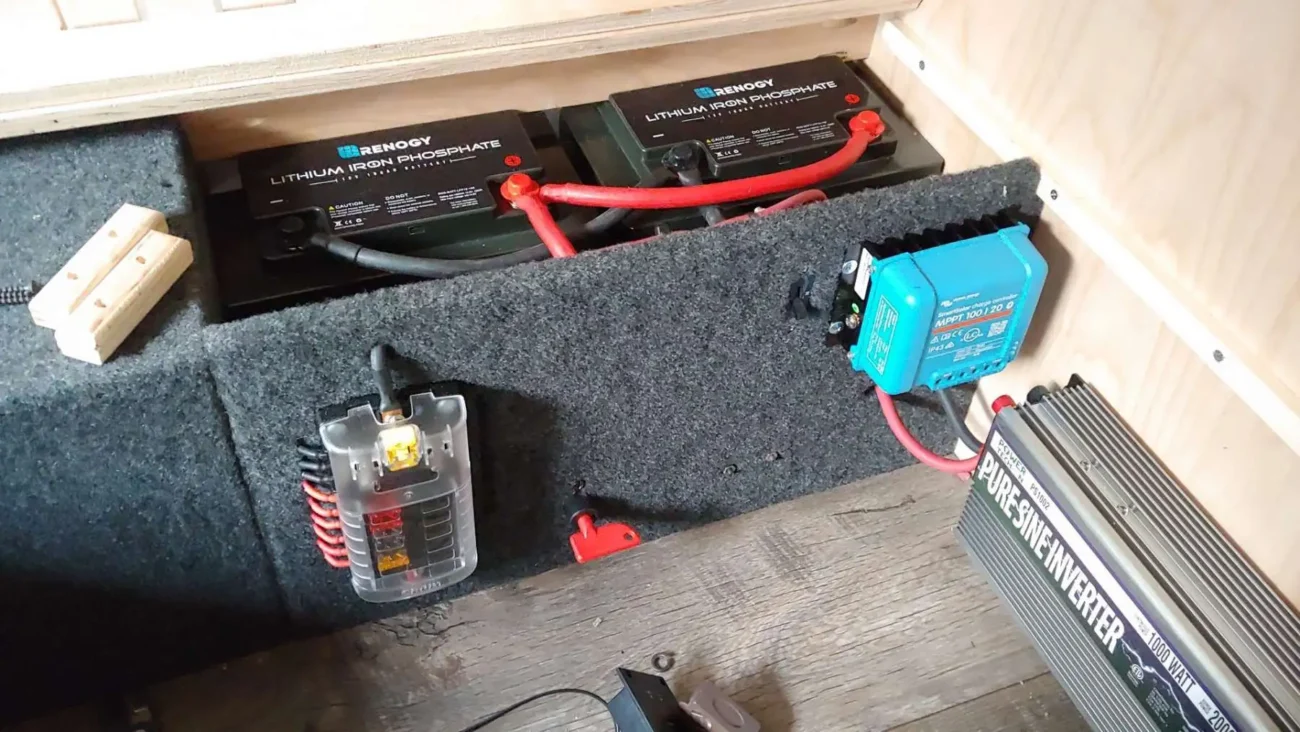
Those like us who need a service battery bank need energy reserve and slow discharge. We don’t want to confuse ideas right away, so let’s clarify these concepts:
The energy reserve is given by your consumption, which we will see is very important to calculate before going to the shop or on eBay. In practice, the batteries are our fuel tank. The more we press the accelerator, the more we will need to stop at the petrol station.
Slow or fast discharge mode is the way you use your energy reserve. Generally, in a recreational vehicle, the mode in question is slow. Slow because the consumption we make of the energy inside our car is constant, but it never requires (or better never in standard installations) large quantities of Ampere in a few moments (which happens, for example, in engine starter batteries).
Where to start? Having already answered one of our two needs, we must begin to understand our needs in terms of reserves.
To understand how much energy we need, we will have to make some calculations. To do this, we have two possibilities!
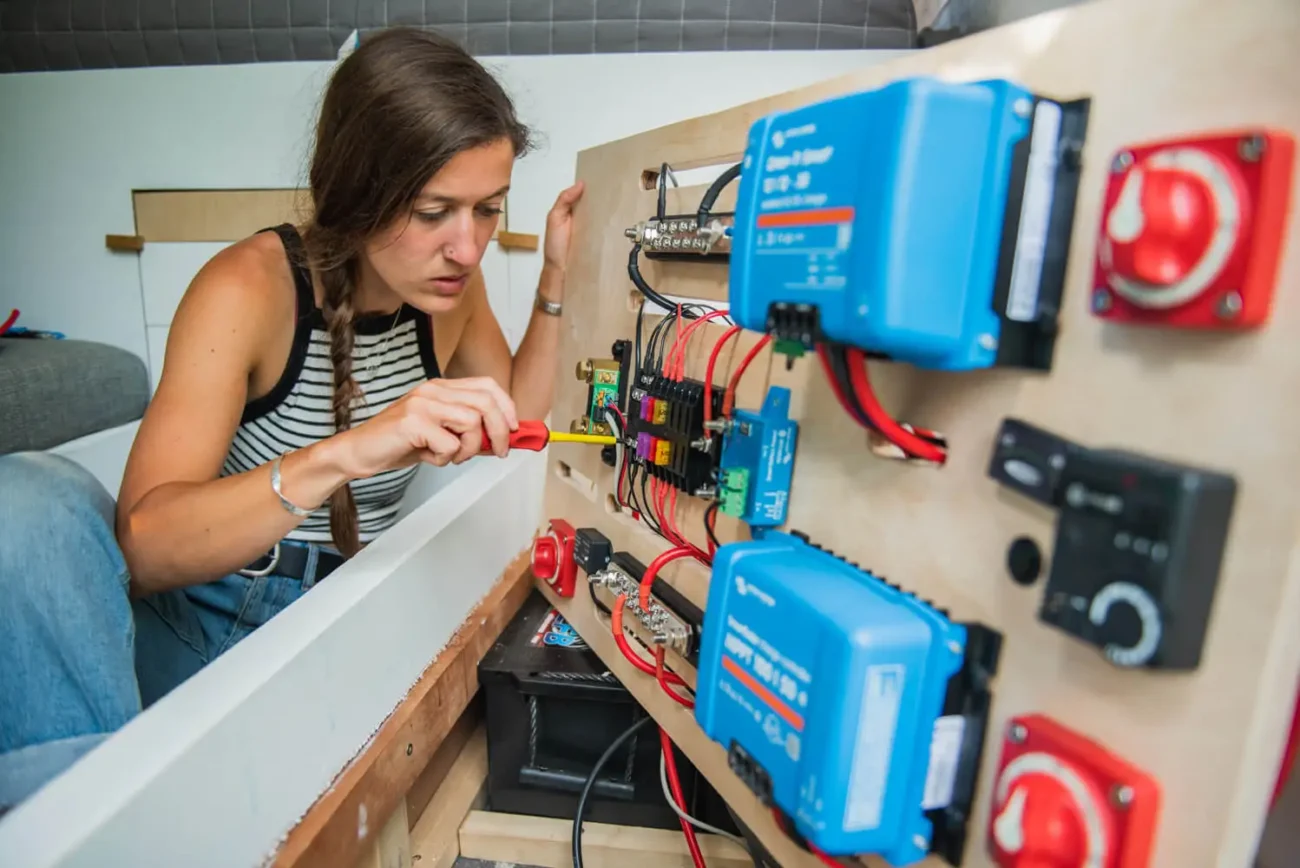
With the system already installed, we will use a Battery Monitor, a tool that allows you to monitor your batteries’ energy input and output. Many are on the market, from the simplest to the most complicated. Of those with the most significant number of functions, some are remarkably intuitive, showing the instantaneous consumption in Watts as well as the temperature of the batteries. Suppose this instrument is unavailable, which we recommend purchasing before replacing the batteries. In that case, you can use a tester or multimeter that indicates the Ampere, ensuring that the instrument’s maximum load supports the expected load of your appliances. To be clear, an undersized tester could fail.
If a multimeter is used, it is essential to remember that the instrument must be positioned to intercept all the current used. It should, therefore, be placed on various appliances, such as the refrigerator. Otherwise, you would obtain the measurement of consumption only of the latter.
Since the system is not installed, we will have to use the datasheets of the appliances we plan to use and check the expected theoretical consumption for each. Of course, this measurement will be less accurate, so a certain tolerance margin must be foreseen to not undersize the system. This happens for several reasons, but mainly because the ideal situations facing the workshop are almost certainly different from those your vehicle will be subjected to on the road. Moreover, another interesting piece of information will need to be included, namely how and how much you will use that device. Also, in this case, you will have to think about assumptions, and once again, we advise you to overestimate.
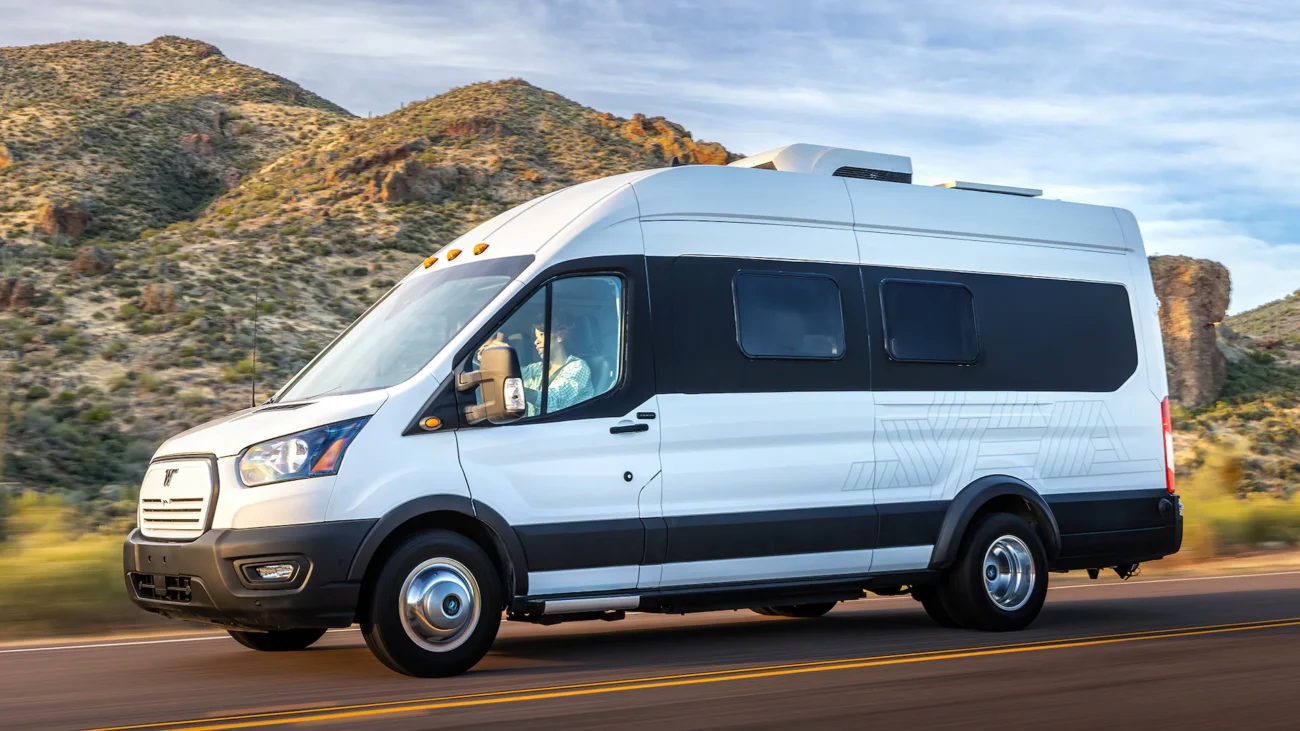
The Datasheet of the Vitrifrigo DP2600 refrigerator that we installed on Valentino indicates a consumption of 65W per hour (multiplied by 24 hours, which would become 1560 Watts per day). This is the refrigerator’s consumption when the compressor is running, but even if the fridge is on all day, it doesn’t always need to turn on the compressor. Having made some measurements after installation, we have seen that, on average, our consumption in 24 hours is about 350 Watts.
Why measure in Watts? Once we understand which instrument we need, we will have to go and carry out the measurement, and it will be essential to find out our need in Watts instead of Amperes. We specify this because we speak of Ampere. You will almost always find the Ampere indicated in the datasheets, which is not wrong but does not continually adapt to our reality. Because? Recalling the fundamental rule Watt (energy) = Volt (Voltage) * Amp (current), we understand that with the same current using different voltages, we obtain very different energy consumption. Since inside our recreational vehicle, we will likely use different voltages such as 12, 24, and 220, we understand well why it is good to do our calculations and, therefore, size the system in Watts. Let’s take another example to make things even more straightforward:
The Datasheet of a 100-liter Dometic refrigerator indicates a consumption of 6.5 Ampere at 12 Volt, which equals 6.5 (Ampere) * 12 (volt) = 78 Watt.
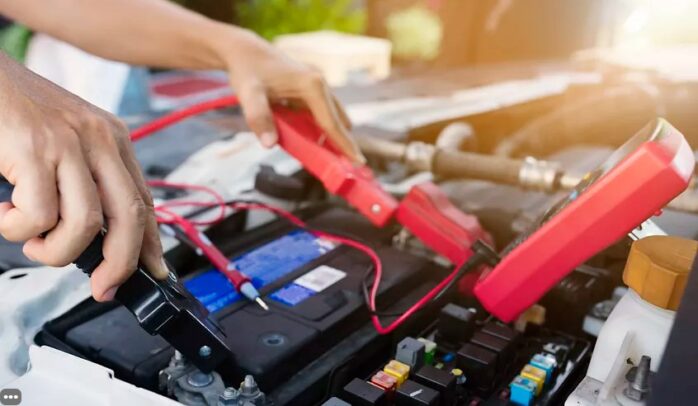
The time has come to know your consumption to identify the size of your small solar power system. The best way to understand what needs to be done is to show an example of a standard case that involves the installation of a refrigerator, an autoclave, reading lights, and the use of a 220-volt user, which could be a computer.
- A 100-liter Dometic refrigerator can have an average consumption of around 150 Watts per day (of course, this depends on many factors.
- An ordinary MacBook computer has a power supply that consumes 85 Watts and requires about two hours of operation to recharge the batteries fully, this means 170 Watts of total consumption.
- A couple of hours a day of reading light with an average consumption of 10 Watts
- About ten minutes of use of the autoclave pump with an average consumption of 20 Watts.
- Using a television for two hours is equivalent to an average consumption of 180 Watts.
Using this example, we obtain that the daily consumption of the vehicle would be 615 watts. As mentioned, this value will be exact if a battery monitor has been used. In contrast, it will have to be suitably evaluated if it has been deduced using the datasheets.
Well, now that we understand how much energy we need daily, we will have to calculate how much reserve we need. Eh, already, because batteries are like our fuel tank, remember?
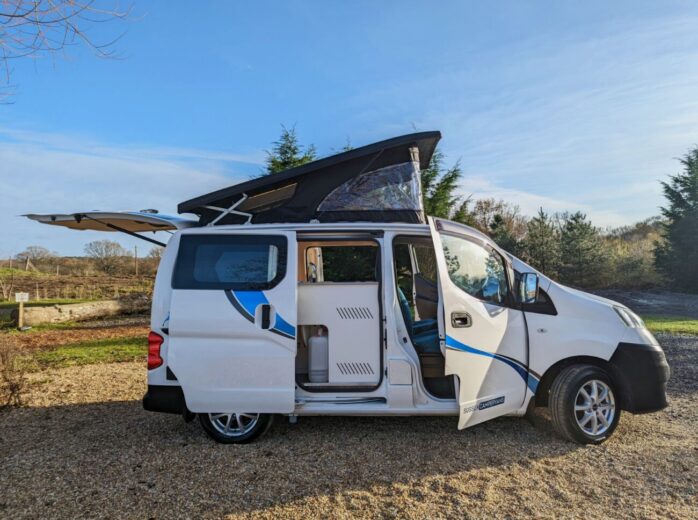
To understand how much reserve we need, what are we interested in knowing? Simple, how often will we find a petrol station? In practice, we will recharge our batteries every how many hours.
However, calculating your reserve in several days is essential to continue with the purchase of your lithium iron phosphate batteries, vice versa, we would find ourselves in a position to spend more money than we need, or much more likely, we will find ourselves with batteries that will a hard life made of suffering that will lead them to premature death.
Let’s go on assuming that it was decided to fully recharge one’s batteries one day, yes and no. This is because, for example, it was decided not to install camping solar panels but to go camping, where energy will be found at least once every two days. It is a plausible, accurate, and functional choice.
At this point, the calculation we will have to do is straightforward:
615 Watts (daily consumption) * 2 (days before recharging) = 1230 Watts.











